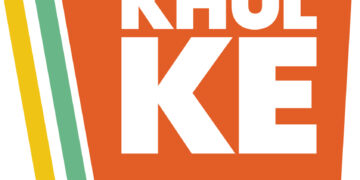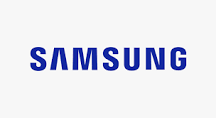Over the past several years, the world has been moving towards digitization, making it challenging for teachers and parents to control a child’s screen time, as well as harder for students to reap the benefits of handwriting, drawing, and expressing oneself by putting pen to paper.
A 2017 study in the journal Frontiers in Psychology found that regions of the brain associated with learning were more active when subjects completed a task by hand instead of on a keyboard. Writing by hand also promotes information processing and analytical thinking in a way that typing does not, they found..
The keyboard and the pen must complement each other. While digital mediums of education create various benefits for teachers and students alike, one must also understand the cognitive, emotional and developmental benefits of putting pen to paper.
The magic of paper
Handwriting has an incredible impact on cognitive abilities, in particular the ability to retaininformation or grasp new concepts.Pam A. Mueller and Daniel M. Oppenheimer, in their study titled, “The Pen is Mightier than the Keyboard: Advantages of longhand over laptop note taking” found that students who took notes by hand were able to understand concepts better than those who took notes on laptops. The research found that those who took notes on laptops tended to write down what the professor said word for word, while those who took notes by hand were more likely to listen to what was being said, analyze and draft it in their own words.
Potential Drawbacks
While digitizationhas improved people’s efficiency it has also impacted students and learners with two major factors at the forefront.
- Concentration levels: according to the same study, spending too much time on digital platforms including social media can result in a lack of focus and concentration. To reap the benefits of digitization and continue to benefit from using writing tools for self-exrepssion, individuals need to marry the two methods to enhance cognitive processes.
- Dependence on technology: classrooms have become more technologically friendly, which has resulted in students struggling when trying to complete school work without any digital aid. A study by CourseSmart and Wakefield Research (Kessler, 2011) interviewed 500 college students and found that 73% were not able to study without some form of technology and 38% were not able to go more than 10 minutes without checking their laptop, smartphone, tablet, or e-reader.
The dependance on technology has resulted in mental stress; lack of social skills; hampered cognitive development; and has introduced greater difficulties in information retention and recall as well as incritical thinking and analysis.
The solution – going back to basics
Teachers at institutions must understand that the methods adopted by students in classrooms today (using calculators in math class instead of writing out the formula or using grammar check tools to revise essays and assignments) are the exact opposite of what is needed to retain and process information, as well as develop critical thinking and analysis skills.
Students need to spend more time learning to take notes and processinformation. Instead of sharing presentations and typed notes with their students, teachers should focus on notetaking strategies. The use of outlines, bullet journals, and graphic organizers are all good alternatives to typing.
Educators are also encouraged to motivate students to go a step further and pen to paper to express and structure their thoughts. Journaling is one of the tactics that helps people get their creative juices going, express their emotions, and achieve peace of mind. This in turn, will indirectly benefit students in the classroom and enhance the use of pen and paper.
It is necessary for educators to understand that while digital mediums of education create certain benefits, the drawbacks thereof need to be balanced out by the tried and tested methods of writing and noting. A blended approach needs to be followed, where the two forms of education complement one another to deliver the best results for students.
Make writing fun
Teachers, parents, and educators must work together to help youngsters and students develop a love for expressing oneself by using writing tools. Making writing and drawing a habit is fundamental in a child’s development process and growth. From encouraging children to illustrate their thoughts on paper, to writing short stories, to expressing their emotions on paper, the habit needs to be developed and maintained. Leveraging writing is a good way to gather thoughts, get the creative juices going, and structure thought processes. Educators and parents are encouraged to invest specific time during the day to engage with children over creative activities using writing tools to help them develop the habit.
The best approach to the new learning era is a balanced mix of technology and the classic pen and paper. Marrying both methods will ensure that students are capable of effectively expressing their thoughts and creativity, enhancing their cognitive abilities, as well as leveraging technology to work smartly and more efficiently.

































